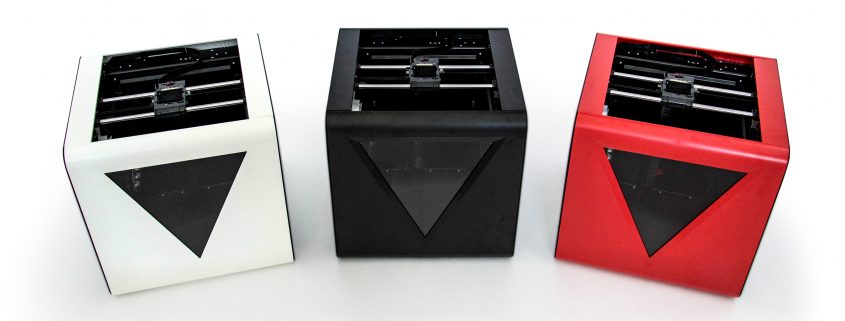Here’s the New FABtotum CORE – now Upgraded and Shipping
Surprise! We’ve upgraded the FABtotum Personal Fabricator CORE edition with new hardware. The FABtotum CORE Edition is the milestone version that combines the know-how and the research developed in over 3 years of improvements. Stepping up to the challenge of providing the best multipurpose personal fabrication tool ever, we’ve improved the onboard computer and, for […]



